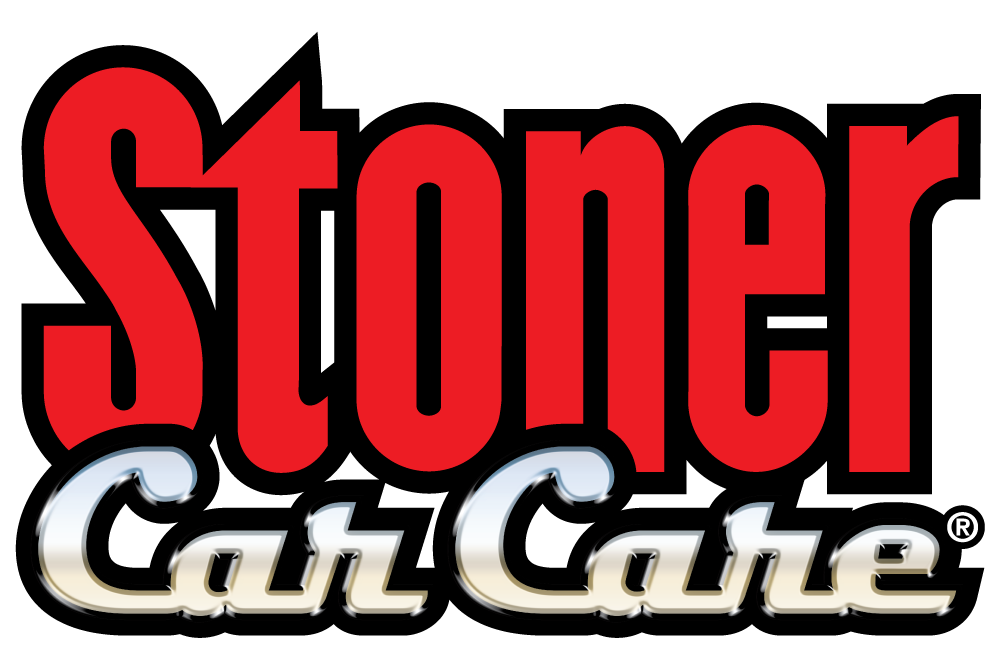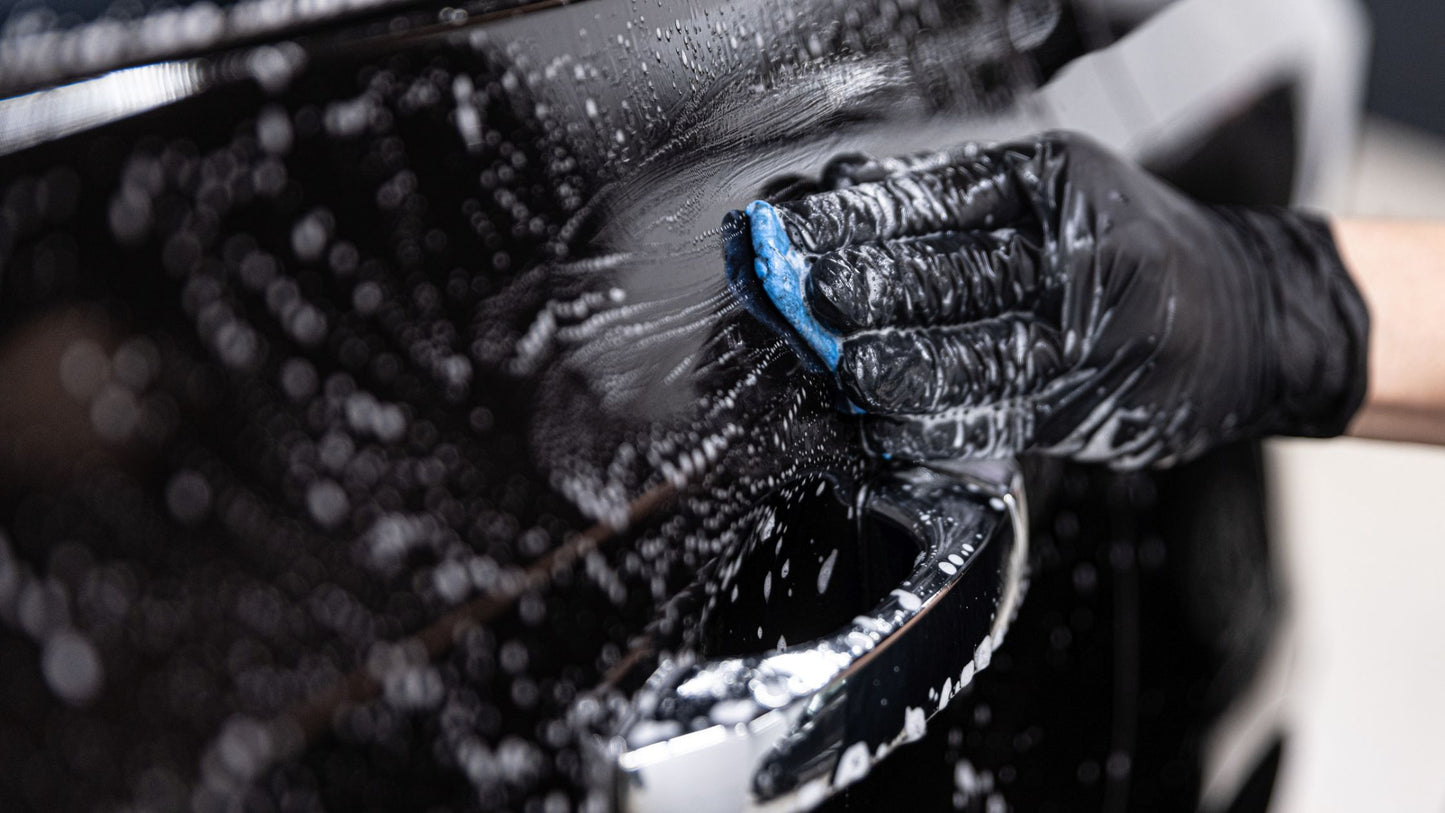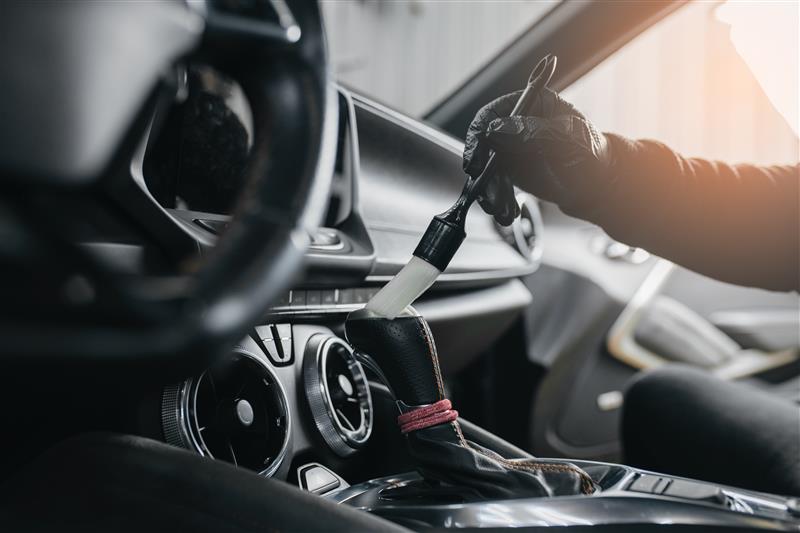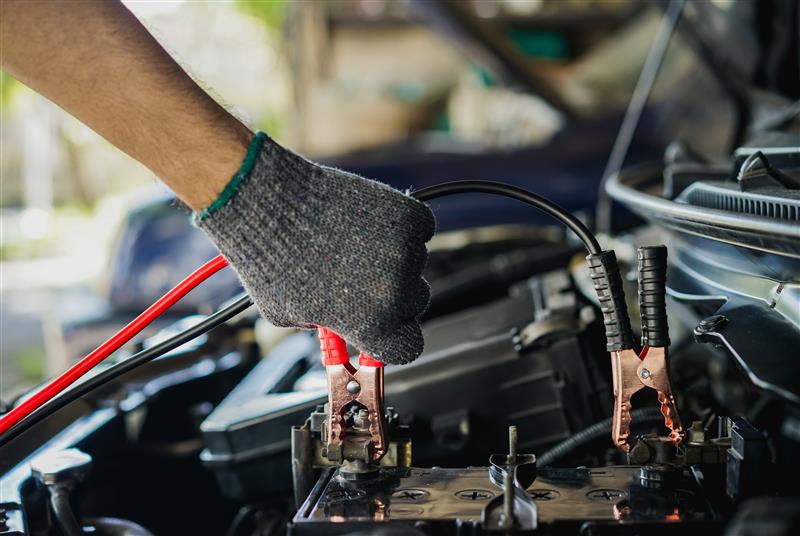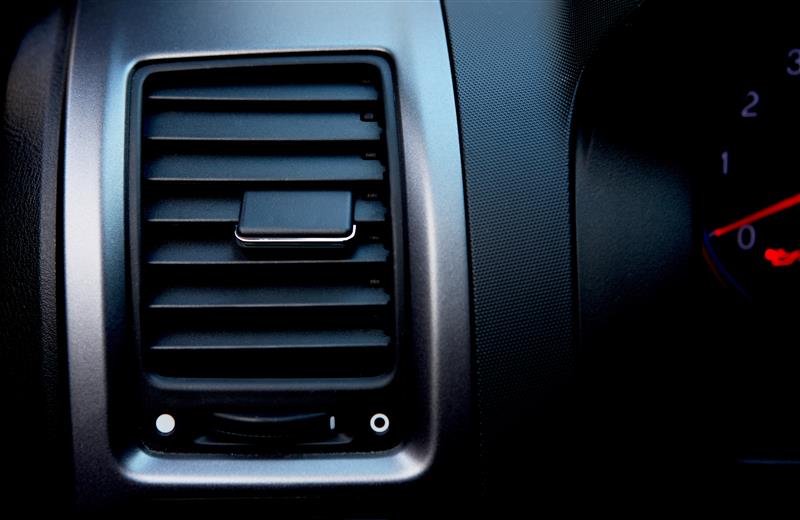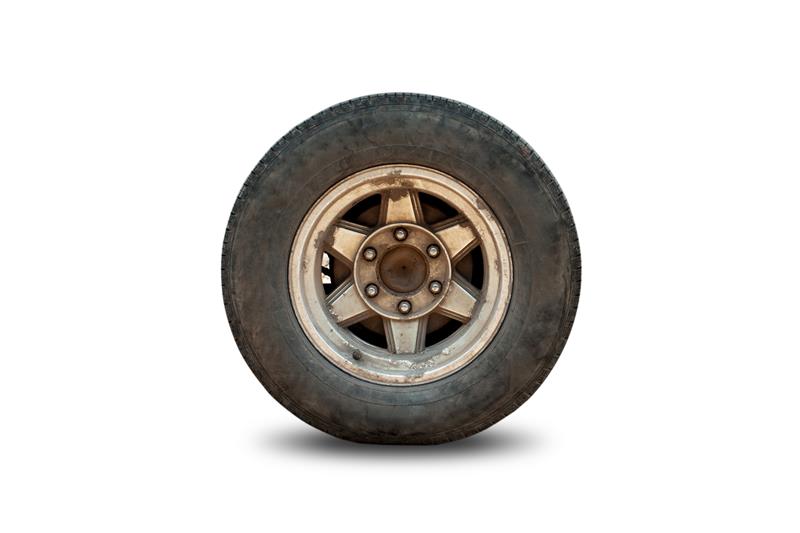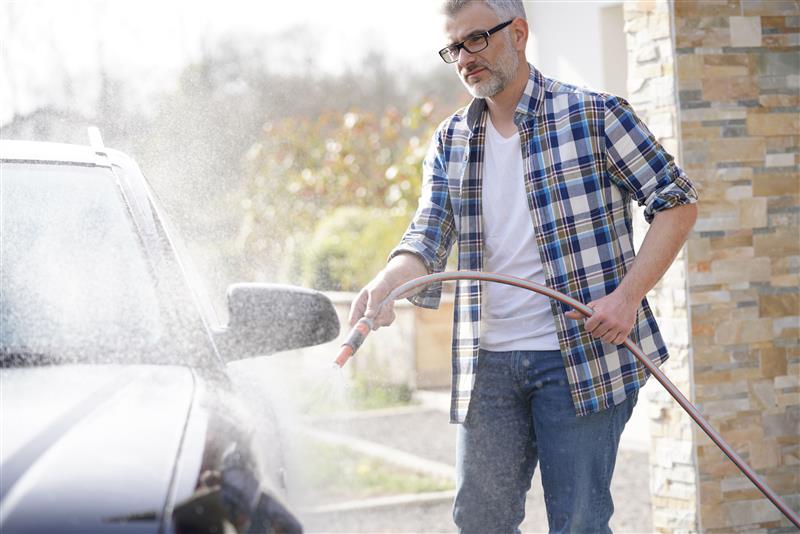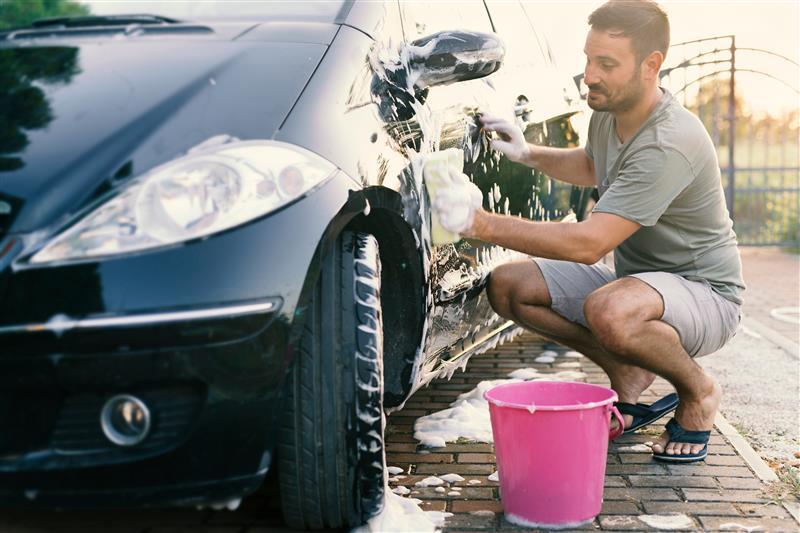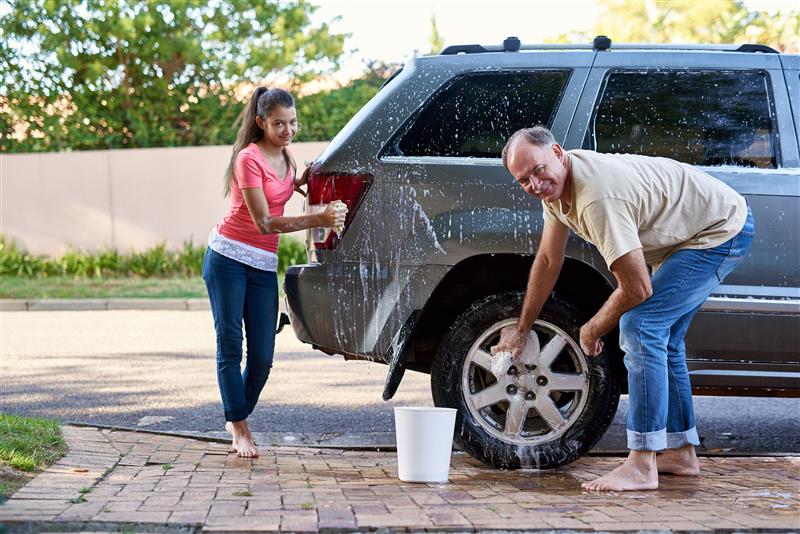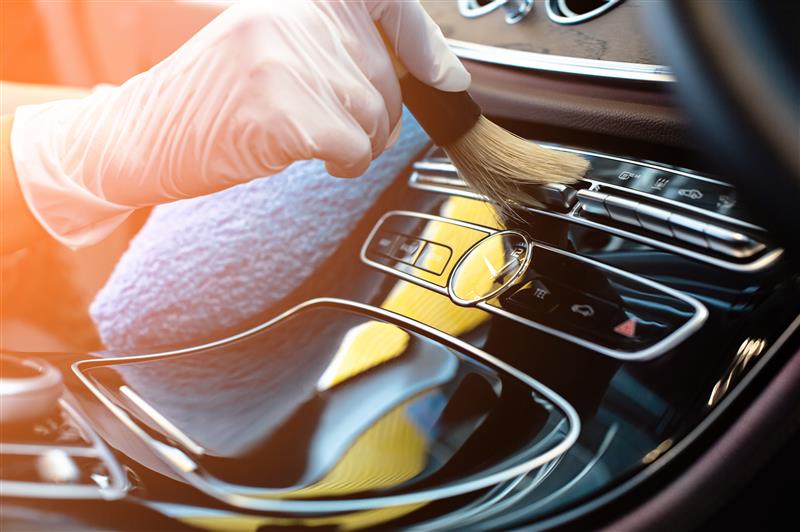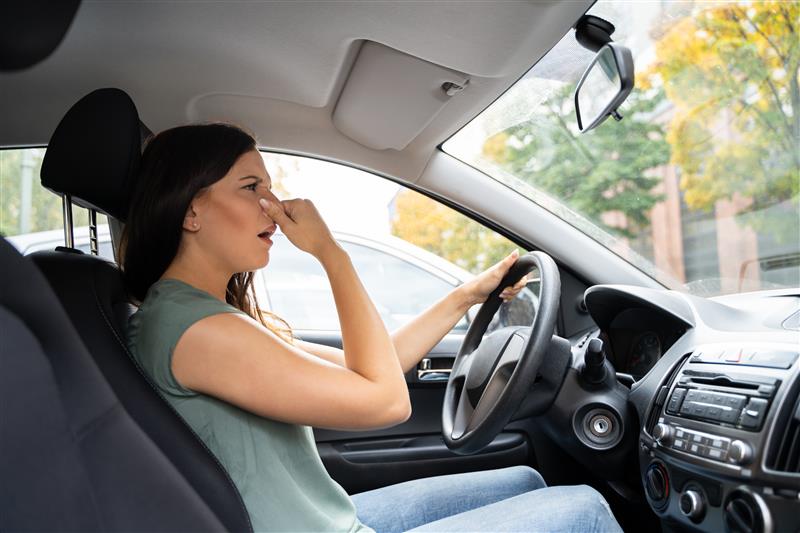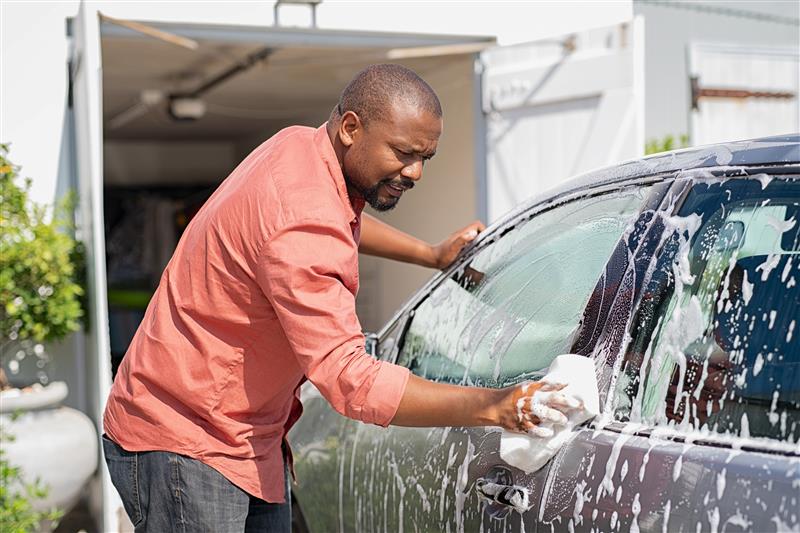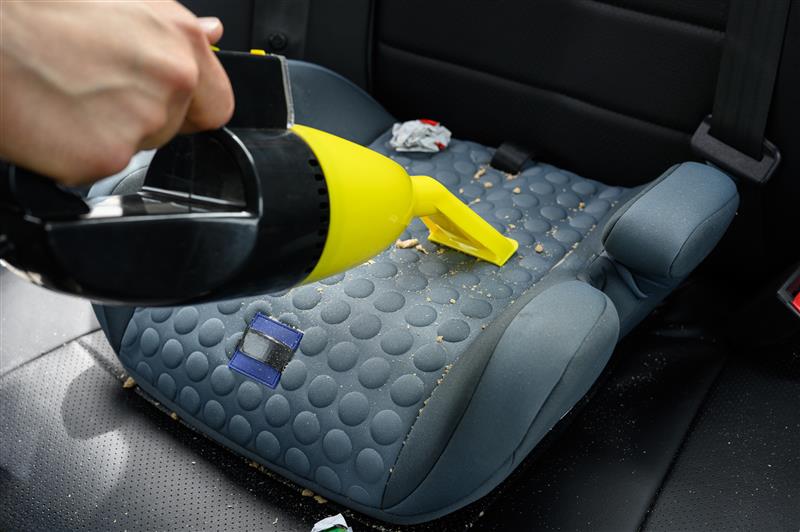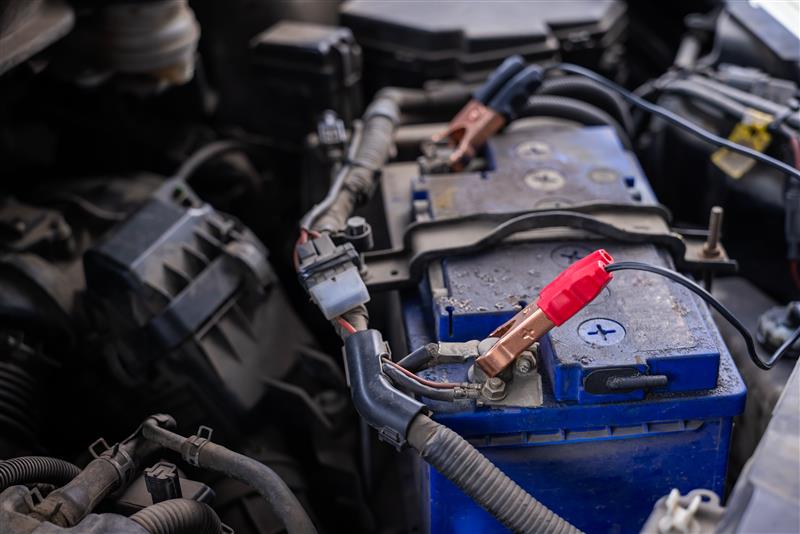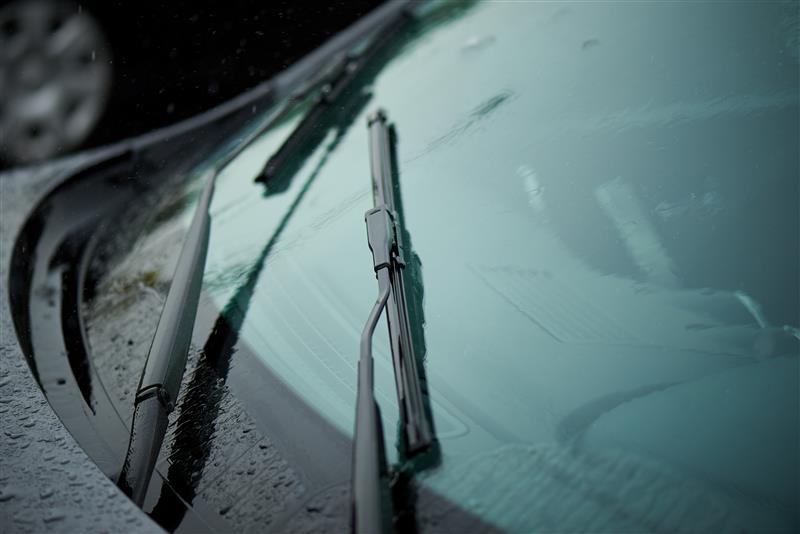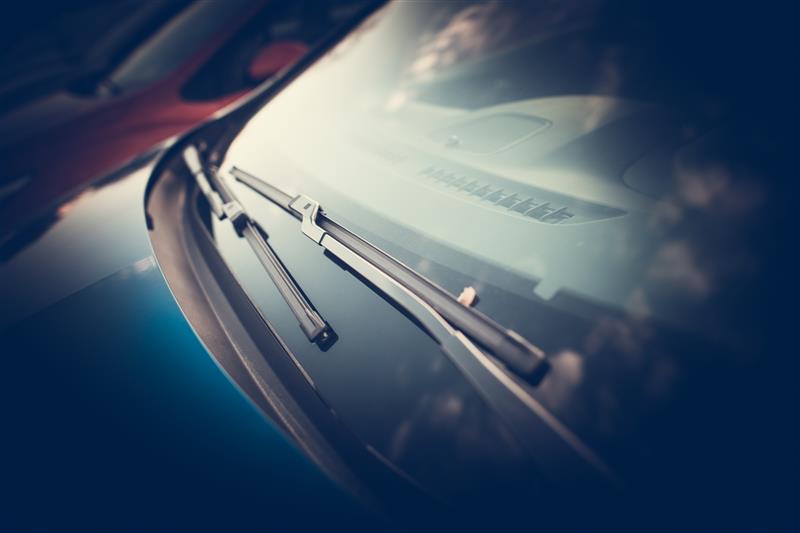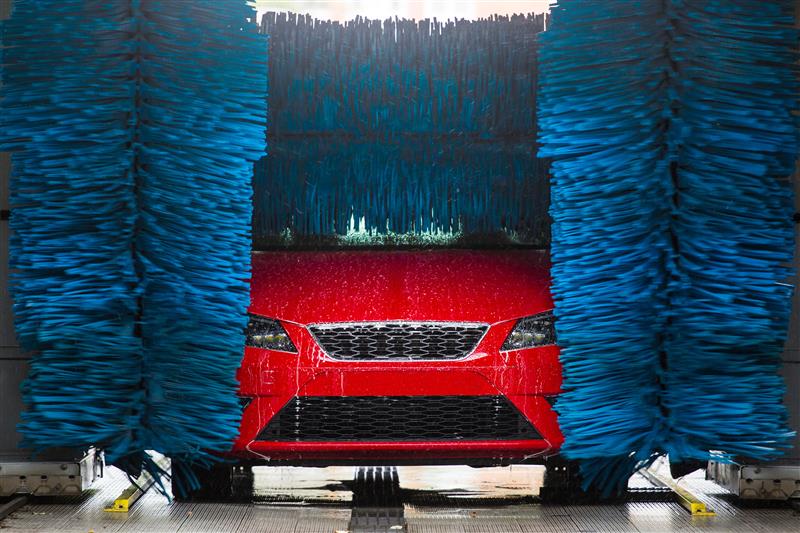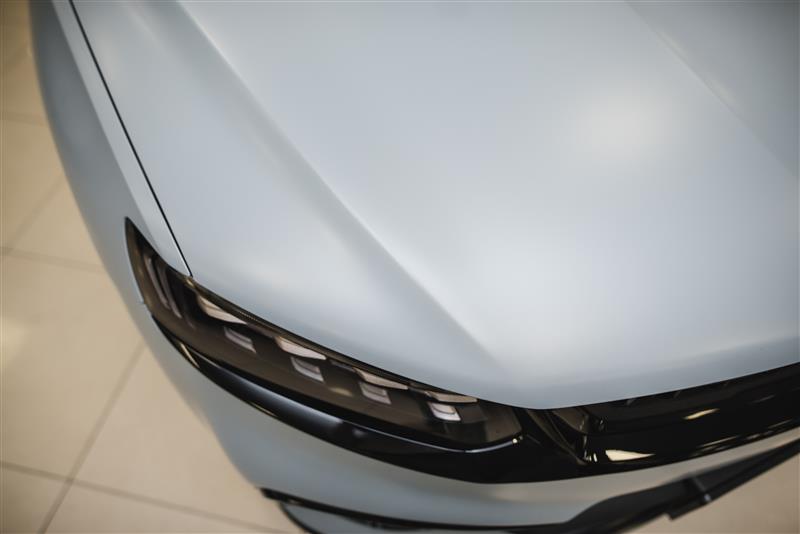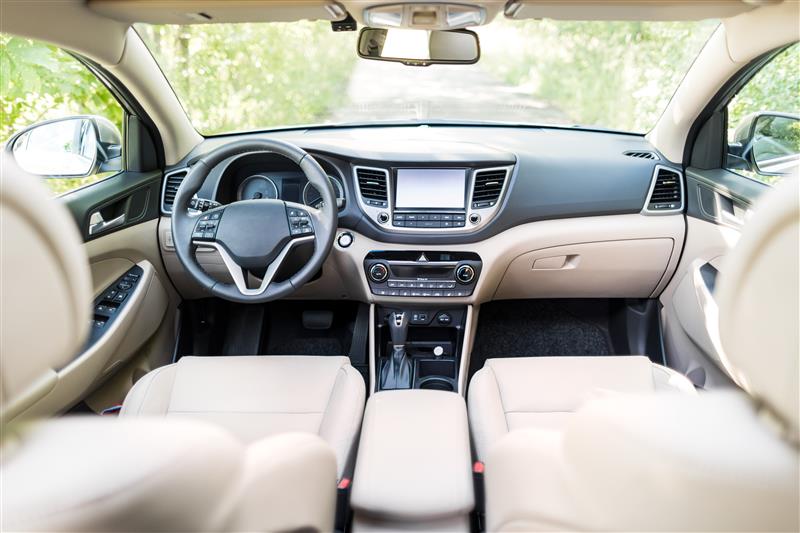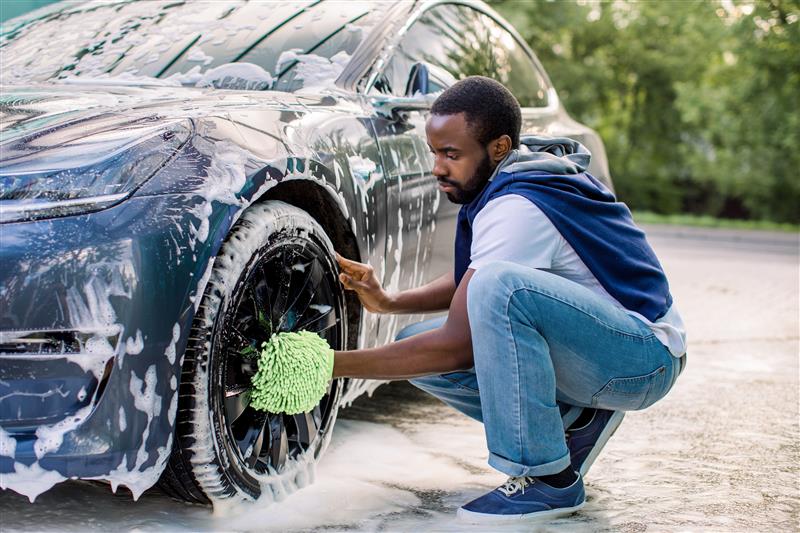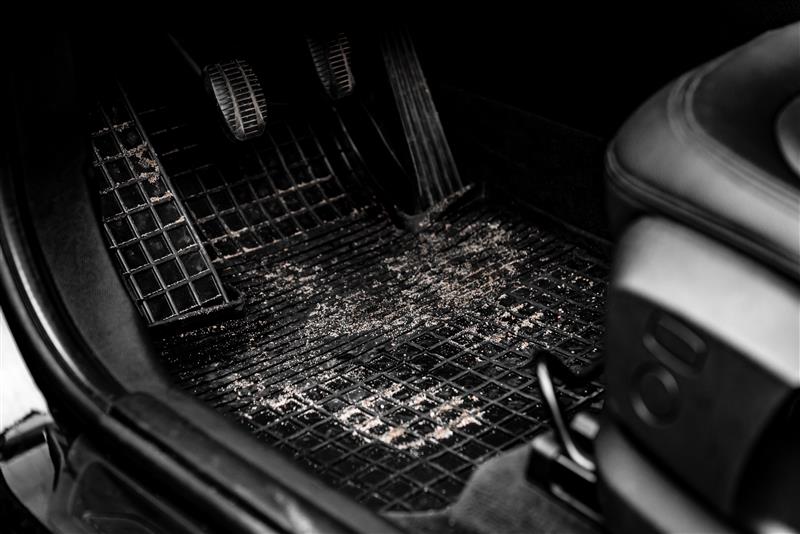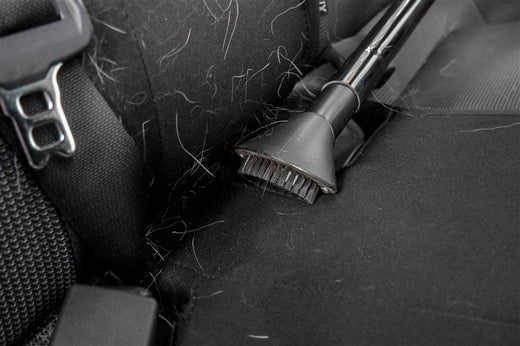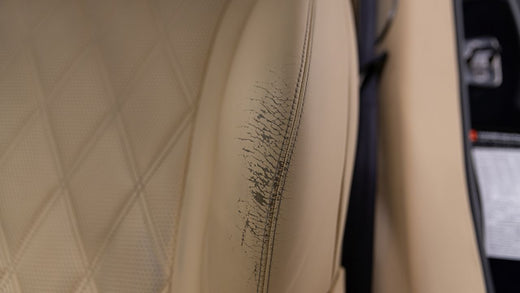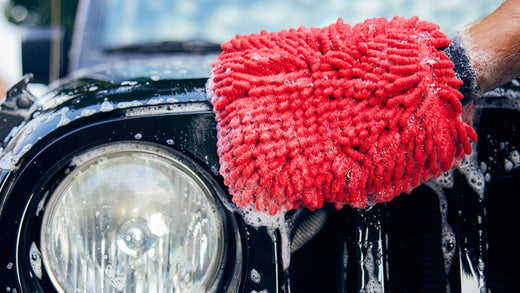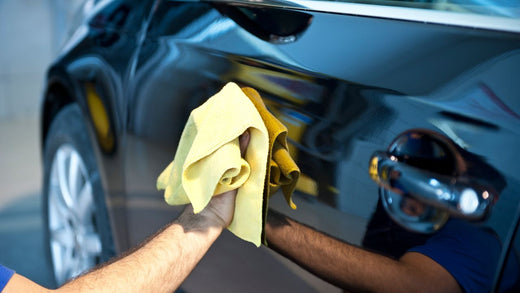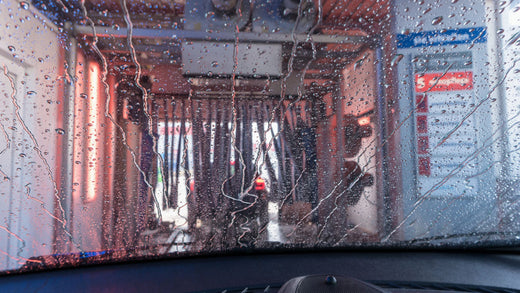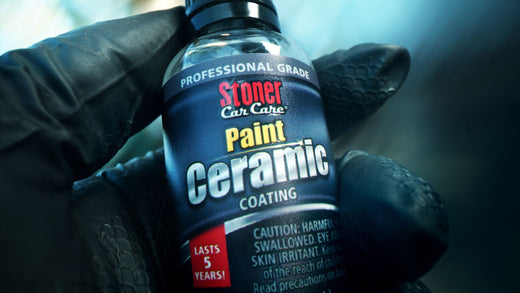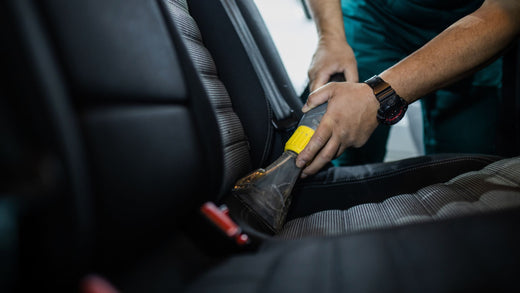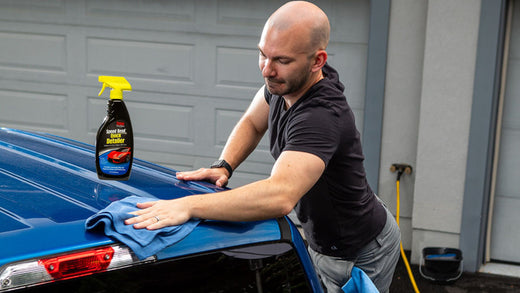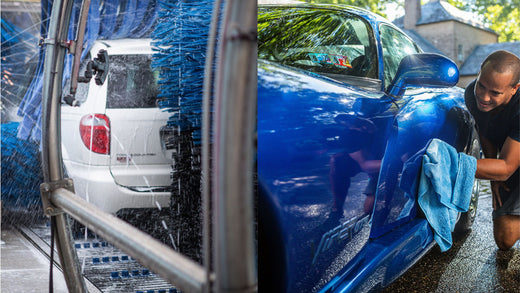Clear vision ahead with our holiday markdowns on Invisible Glass Ceramic Silicone Wiper Blades. Prices as marked.
Ceramic coatings provide superior protection against minor scratches and contaminants, making cleaning your vehicle much more manageable. Correct application is important, but preparing your car for a ceramic coating will make or break any application. In this post we’ll share the step-by-step process of prepping your car’s paint for a ceramic coating.
To prep your car for a ceramic coating: park the car in a controlled environment, wash off the car, clay the paint, polish off the paint, and finish by wiping with a microfiber towel and a surface cleanser.
Gather your materials
- Wash materials: buckets, car shampoo, microfiber towels, wash mitt.
- A clay bar and clay lubricant.
- Paint polish – along with an orbital buffer (optional, but recommended)
- Surface cleanser and microfiber towels.
Park the car in a controlled environment
Before doing anything, park the car in a closed, controlled environment. Any airborne debris, water, or pollen that contacts your car will complicate application – especially if you do the following steps over multiple days. Save yourself the headache by using a closed area or garage to protect your vehicle from the elements.
Wash off the car
If you haven’t done so, conduct a standard wash on the vehicle. Target areas with built up road grime, such as near the wheels, bottoms of the door, and front bumpers. For our complete in-depth wash guide, click here. Otherwise, follow the steps below as directed:
- Rinse off the vehicle using a hose or bucket.
- Apply car shampoo, and wash using a wash mitt from top-to-bottom.
- Rinse off any lingering soap and debris
- Dry thoroughly with microfiber towels.
Clay the paint
Now that you removed large debris, you can work on eliminating the tiny particles of grime etched into your clear coat. Clay bars effortlessly grab onto and remove these micro-particles. For a complete guide to clay barring a car, view our post. Or, if you’re familiar with the process, you can follow the steps below to safely clay bar your vehicle:
- Mold the clay into a small square that fits within your middle three fingers.
- Spray a clay lubricant onto a section of the car (two or three sprays).
- Lightly glide the clay over the sprayed area.
- As the clay gets dirty, fold it inward to provide a clean face for the paint.
- Reapply clay lubricant to each area as you go.
- Swap out the clay as it becomes dirty.
The most important considerations for safely using a clay bar are avoiding excessive pressure and using a generous amount of lubricant. Using both techniques will help prevent any risk of marring or damage to your car’s finish.
Polish the paint
Polishing the paint will remove the remaining contaminants and fill in any micro-scratches. You can apply polish by hand via microfiber or with a rotary buffer. Check to see if your polishing product specifies the best application means.
Generally, we recommend applications with a random orbital buffer. These tools apply polish much more quickly than possible by hand and use a random action that helps prevent any possible burning through the clear coat. They can be pricey, but they’re well worth the investment for those who want to go the extra mile in making their paint shine.
If you’re using a buffer, follow the steps below:
- Ensure that your paint is clean and dry.
- Apply a dime-sized amount of polish to the buffer pad. It’s always best to start with a little product and scale up as needed.
- If using a random orbital buffer, apply with long, straight motions. If you’re using a regular buffer, use circular motions, frequently moving the buffer. Start off with a slow speed, and increase as needed.
- Apply additional product to the buffer as you go.
- Once finished, wipe off excess polish with a clean microfiber to gauge progress.
For manually buffing with an applicator pad or microfiber towel:
- Apply a dime-sized amount of polish to a microfiber towel or applicator pad.
- Blot an area of the vehicle with the polish.
- Apply with a circular motion and light pressure, moving across the vehicle in straight, vertical lines.
- Use a fresh microfiber towel or pad to remove any remaining residue.
Wipe with a microfiber towel and a surface cleanser
After buffing, use a surface cleanser to remove any remaining oils, waxes, or silicones from the surface. Simply spray the surface cleanser, and wipe with a fresh, dry microfiber towel. The roof of the vehicle is the area most likely to have lingering product residue, so pay special attention to that area.
Get that ceramic coating ready!
After all the hard work, you can apply your ceramic coating with the utmost confidence. The ceramic will bond directly to your paint without any products or dirt getting in the way. Just follow these steps to ensure optimal ceramic bonding: park the car in a controlled environment, wash off the car, clay the paint, polish off the paint, and finish by wiping it with a microfiber towel and a surface cleanser.
